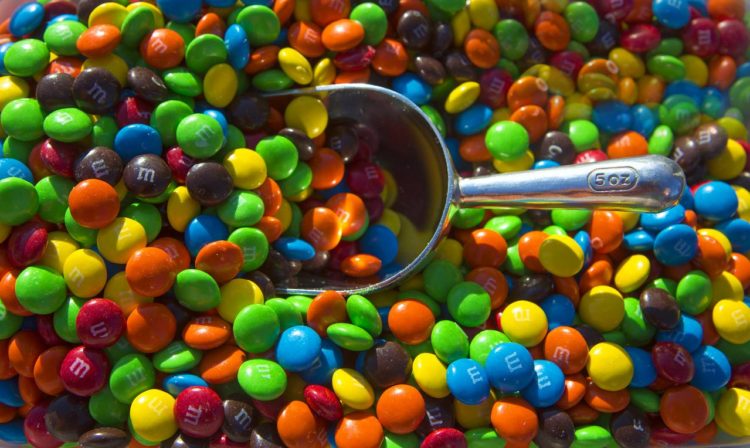
If I put a bowl filled with M&Ms in front of a toddler, told them not to touch and left the room, I would fully expect them to all be gone by the time I came back a half an hour later.
In fact, I’d expect the same result if I put a bowl of the micro bite-sized chocolates in front of a middle aged adult.
After all, they are incredibly delicious. But if you’re currently drooling at the thought of rolling one over your tongue and feeling it slowly melt, you might snap out of it after reading the truth about the snack.
The Origins of M&Ms

Before M&Ms were blowing up in retail stores and boosting the blood sugar levels of the entire country, they actually had a pretty noble purpose as chocolates that soldiers could carry around without fear of them melting.
The Mars Company discovered soldiers were already eating small chocolate beads encased in hard shells and they were thrilled at the idea of being able to beat the then-common decline in chocolate sales that occurred during the summer months as a result of the heat.
Production began in 1941 and the rest is history.
What’s In An M&M?
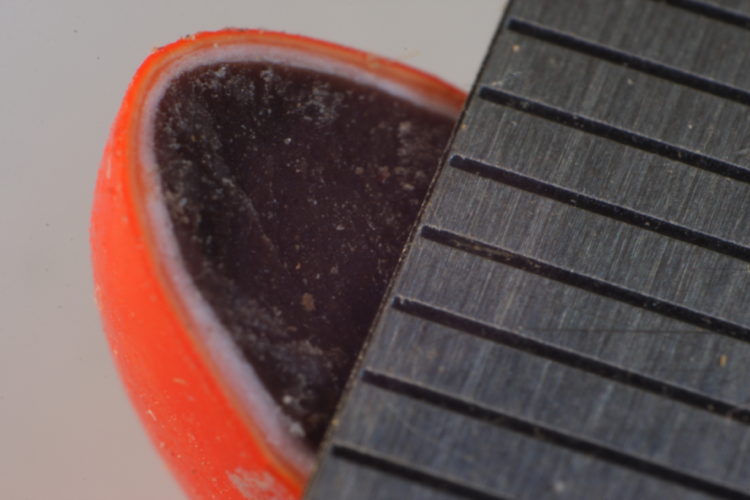
To uncover the issues that exist with M&Ms, let’s take a look at the ingredients that are contained in a bag of Original M&Ms.
According to the M&Ms website, they contain:
- Milk chocolate (sugar, chocolate, skim milk, cocoa butter, lactose, milk fat, soy lecithin, salt, artificial flavor)
- Sugar
- Cornstarch
- Less than 1% corn syrup
- Dextrin
- Coloring (Blue 1 , Yellow 6, Red 40, Yellow 5, Blue 1, Red 40 Lake, Blue 2 Lake, Yellow 6 Lake, Blue 2)
- Gum Acacia
So What’s The Problem?
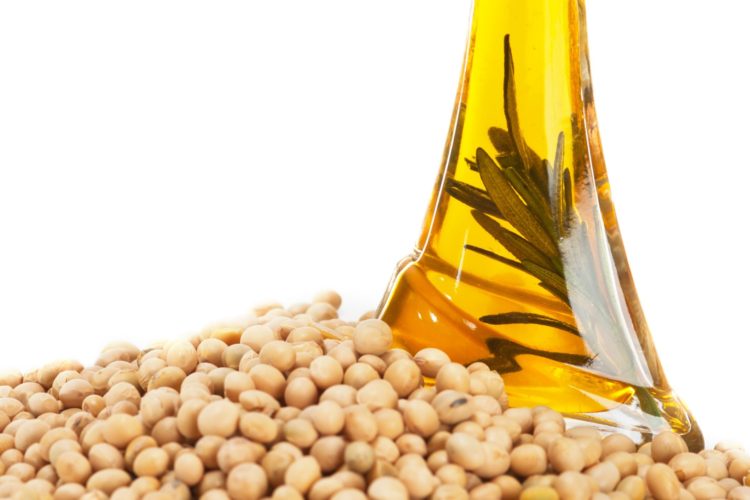
The problems begin with soy lecithin. As Live Strong reports, soy lecithin contains genetically modified soy, which has been found to cause decrease in pancreatic function of mice who were fed it.
As little as five days of eating the GM soy was enough to cause the pancreatic cell alteration. These changes were reversed after 30 days of abstaining from the GM soy.
Soy lecithin was also found to contain a compound called fenistein that has potential negative effects on fertility and reproductive capabilities.
A study from Johns Hopkins found that boys undergoing sexual development fed soy lecithin were at risk for potential long-term effects such as reproductive abnormalities.
The Dangers of Food Dyes
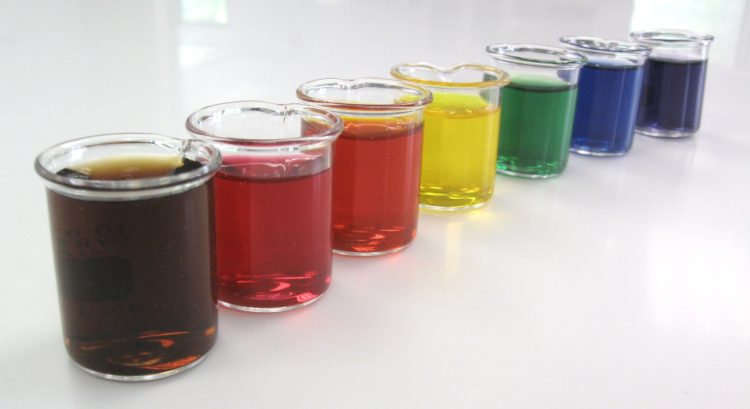
Roughly 15 million pounds of dyes are poured into our foods each year. The consumption of these dyes has increased five-fold since 1955 thanks to the prevalence of candies like M&Ms.
That should be deeply concerning to us.
Blue #1 dye, also known as ‘Brilliant Blue FCF,’ is used in many candies (like M&Ms), gums, cereals, beverages, toothpastes and mouthwashes.
Back in 2003, foods fed to medical patients through a tube that contained the Blue #1 dye were banned by the FDA, who determined that patients were dying as a result of the refractory hypotension and metabolic acidosis that occurred.
Coincidentally, it also turned the patients’ colons bright blue.
Further, at the 2011 FDA Food Advisory hearings, experts testified that Blue #1 reacts with the body much differently than other food dyes as it crosses the blood-brain barrier and is absorbed more.
Blue #1 is still in use in commercial products like M&Ms, despite being banned in medical use.
The Center for Science in the Public Interest also reports that Yellow #6 dye is contaminated with known carcinogens. Benzidine, which we’ve covered in the past, is one of them.
Testing done on lab animals showed cancer and severe mutations in six out of 11 tests.
All those risks are posed by just two of the dyes contained in M&Ms. And I’ll sure you, the others are no better, with a laundry list of concerns ranging from cancer to hyperactivity, allergic reactions, nettle rash, migraines and bloating.
What makes things even worse is that there are natural, safe color alternatives available out there. Companies like Mars are just choosing not to use them.
So What Chocolate Is Good?
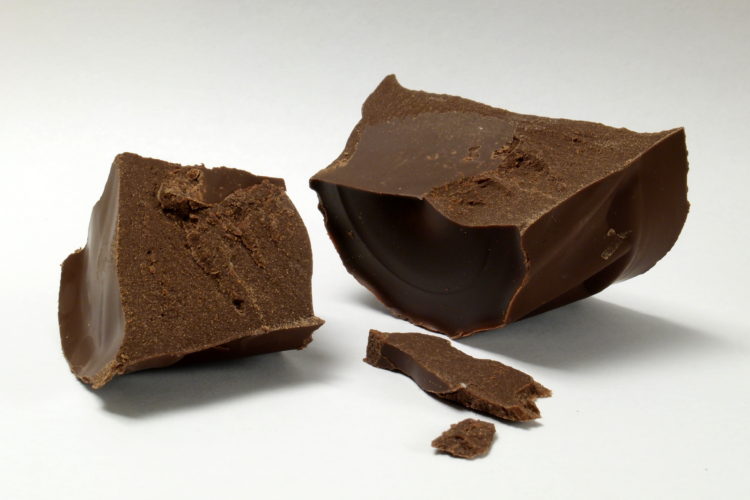
Just because M&Ms are now a big no-no doesn’t mean you need to give up chocolate altogether. The right chocolate is actually quite good for you.
Here are a few healthy chocolate options you have:
Also be sure to check out David’s book called Naked Chocolate to learn why chocolate just might be the world’s greatest food. Also, check out Sacred Chocolate, quite possibly the best chocolate in the world.
[h/t: www.fitlife.tv]
The post 2 Disturbing Reasons Why You Should Never Eat M&Ms Ever Again appeared first on DavidWolfe.com.

